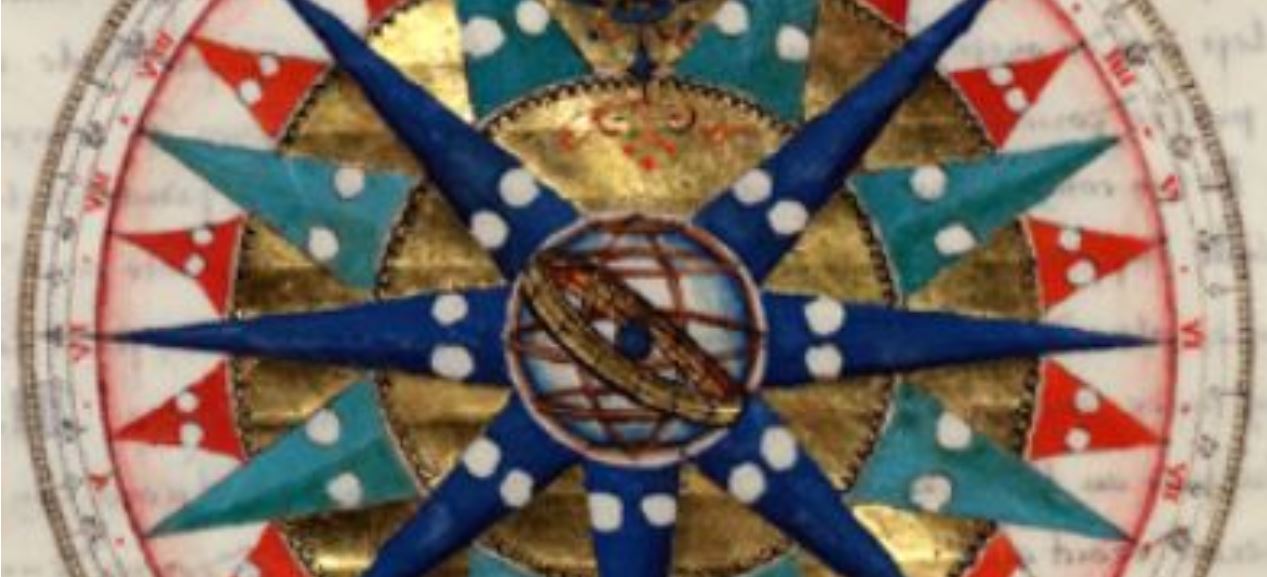The Latran IV concile takes place in the palace and church in Roma that share this name. It is one of the most important of all history and many subjects were discussed, as varied as the Albigensis crusade (Montfort was confirmed in his conquered territories), the polemic about ordalie (a practice the concile reproved), and liturgy. On this last matter, it fixed at last catholic sacrements in their near-final form and insisted on the need for more competent predicators and confessors.

Ordo Predicatorum
The Dominican order has a long history, covering many lands and... but, we will start with the beginning, and we will start with one place.
-
1215 AD
Latran IV
Gathering / Conference -
1216 AD
Religiosam Vitam
Diplomatic actionThis bulla (a papal open letter, with force of law) approves of the statutes written by Dominique of Guzman for his newly founded ordo predicatorum, order of Preachers. It marks the beginning of the order who can now interact with other organizations as an official organization itself rather than a random gathering. Dominique, then in Tolosa, swiftly sends his followers across the kingdom of France and beyond.
-
1217 AD
Founding of the Sancti Jacobi domus
FoundingRecently arrived in Paris, the Dominican fratres (friars) are moved from their first sleeping place in the Île to buildings owned by their regent magister (professor), Johannes Sancti Albini, who interrupts the operations of this hospital for the occasion. It is supposed to be a temporary fix until the fratres have finished their studies.
-
1221 AD
Perenization of the Sancti Jacobi foundation
Diplomatic actionJohannes Sancti Albini decides to permanently entrust the buildings he has lend them to the fratres predicatores. In exchange, he can eat in the refectoire and sit in the choir as if he was a frater, will be buried in the sanctum or the Sancti Jacobi burial grounds, and prayers will be said for his soul by the fratres.
-
1226 AD
1228 AD
First great extension
Gathering / ConferenceThe studium acquires several terrains and houses within short intervals, and greatly expands its territory in response to the huge increase in the number of its residents. It stays focused in one block, but gradually bypasses the regis (king's) walls.
-
1228 AD
1270 AD
Holy King - Preacher Order Alliance
Political eventLouis IX, otherwise known as Saint Louis, forged alliances with many religious orders, including the Dominican fratres. He gave offices to many of its members, such as Vincent de Beauvais, and founded many convents. He also financed the re-building of Convent Sancti Jacobi Parisius.
-
1229 AD
Roland de Cremona, regent magister
Life, EducationRoland thus becomes the first Dominican regent magister, allowing the old Johannes Sancti Albini to return to his decanatus (eldership) in Saint-Quentin. Even though Roland soon departs to Tolosa, another is already taking his place as a constant flow studies and graduates.
-
1243 AD
1244 AD
Conflicts over Johannes' heritage
Military actionAs Johannes Sancti Albani died in December 1243, his will was opened. He owned more houses and lands in Paris than those that he had already offered the Dominici, and some of his heirs claimed the wrong houses. The Sancti Jacobus domus did not accept to have outsiders take their own houses. It was solved in a few month, which is remarkably fast, but it was the occasion to manifest the new order its influence and relations.
-
1254 AD
1256 AD
Joachimite conflict inside Universitas Parisius
Military actionA joachimite franciscan, Gerardo da Borgo San Donnino, brings the Jaochimite ideas to Paris. While he convinces many Franciscans and Dominicans to join the movement, the rest of the University disagrees, thinking it heretical. This only feeds the disagreements between the Mendicant Orders and the others, and a papal intervention is necessary, leading to da Borgo's condemnation.
